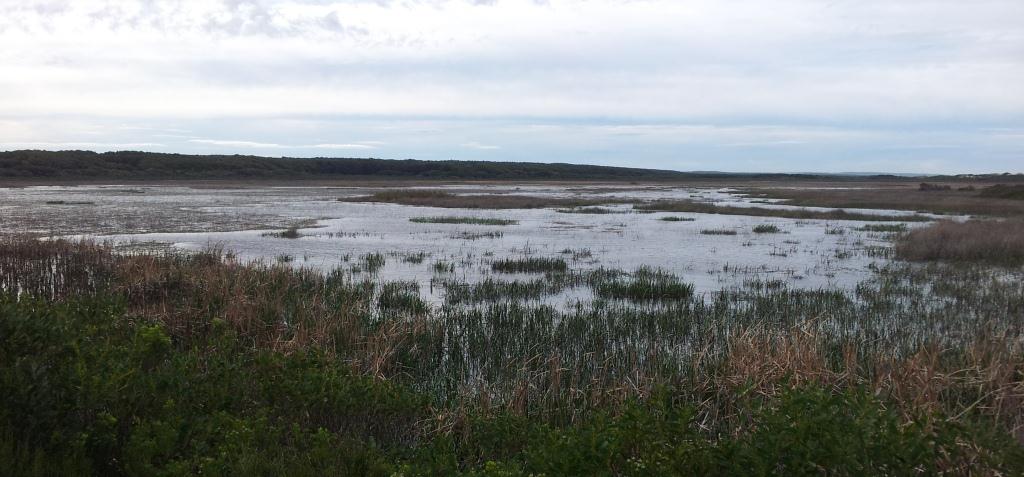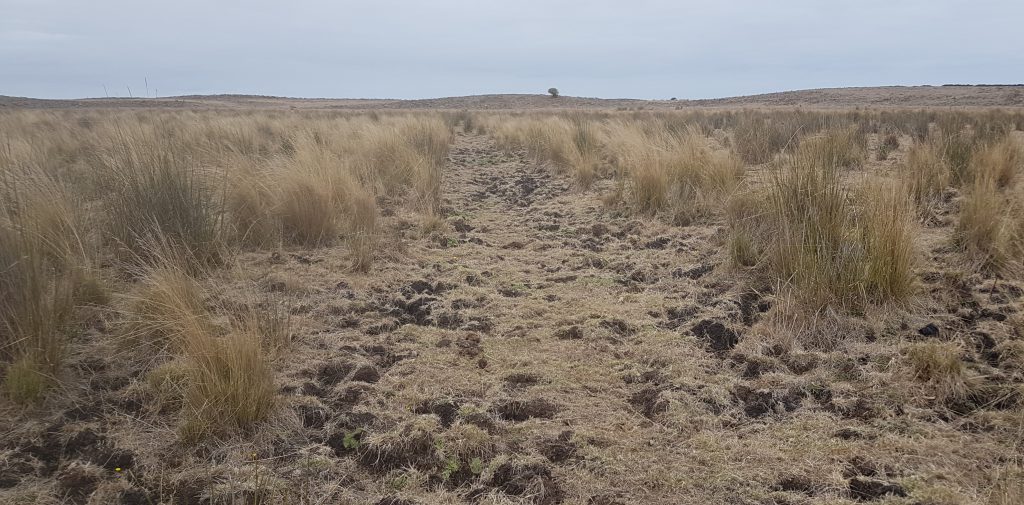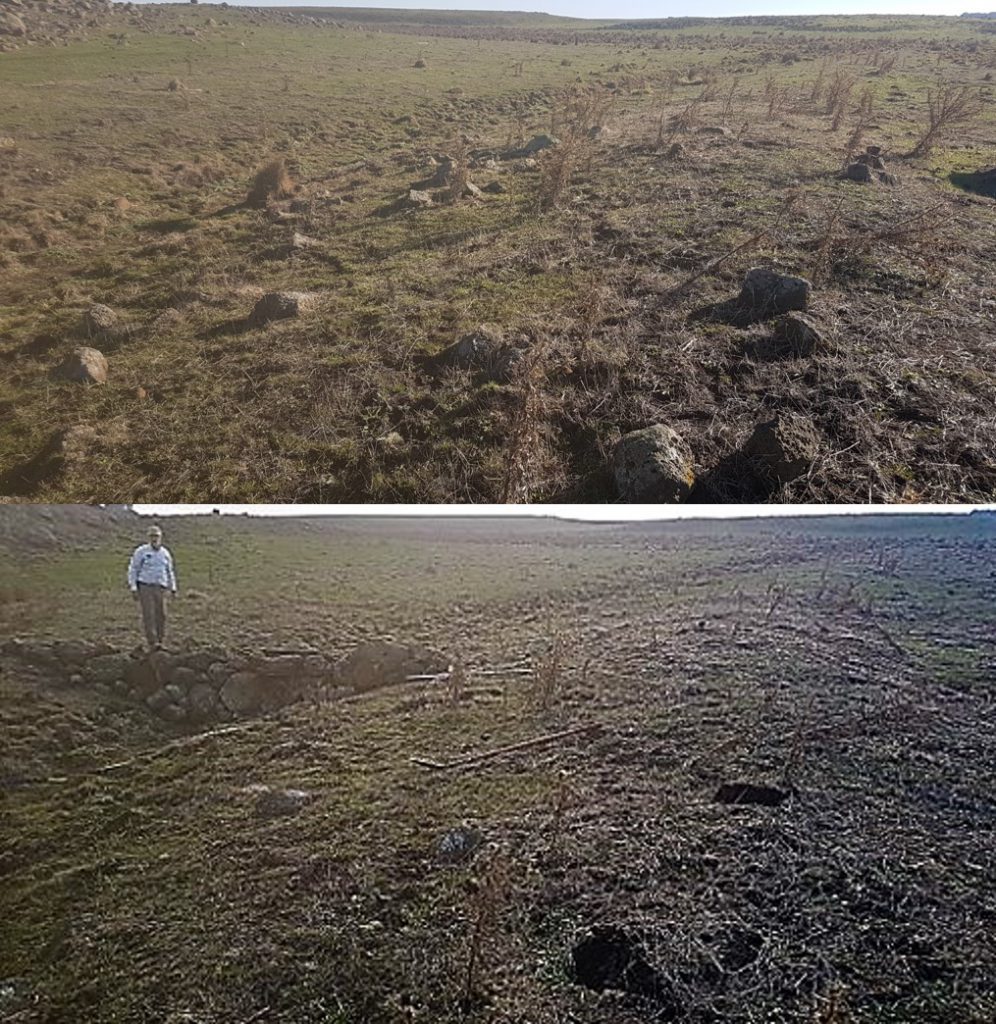Simple steps make complex habitats for Australasian Bittern
The Australasian Bittern (Botaurus poiciliptilus) is a key bird of dense swamps in south-west Victoria and south-east South Australia, but it is also Nationally Endangered. Bitterns like to hide out in wetlands with tall dense vegetation and forage in still, shallow water. They are so well camouflaged they can be very hard to see, but their booming call at night is a give-away.
Retaining and restoring this habitat vegetation is a key action in ensure the Australasian Bittern can persist. Our hydrological restoration work at Long Swamp demonstrated some immediate benefits for the Bittern with strong growth of suitable habitat plants.

An example of ideal bittern habitat with tall rushes and reeds, and shallow feeding areas – Long Swamp
In 2019 we have been talking with farmers and land managers, and visiting sites to see where we can harness winter and spring rainfall to restore Bittern habitat lost to wetland drainage.
Suitable sites lend themselves to shallow re-inundation, and have some remaining taller sedges and rushes. Drained wetlands tend to lose those important taller sedges and rushes. But if grazing regimes have allowed medium sedges and rushes to persist, there is a much better chance for habitat to be restored.
Aringa North is a cattle grazing property in basalt country north of Port Fairy. The managed grazing includes a mosaic of drained wetlands, and a lot of the emergent vegetation persists. We’ve been working with the manager to do some very simple works to put back the rocks that were dug out from the drains. This slows down the water outflow, and we hope it will maintain the optimal water depth for Bittern foraging.
During May we identified two drained areas where approximately 30 ha of the drained flats could be inundated by building a single blockage point. Historical drainage works punched through rocky barriers, and restoration was as simple as putting some dislodged rocks back across the drain. Putting back some excavated rocks delivers very low-impact and cost-effective hydrology restoration. Combined with other areas on the farm which retain taller sedges, reeds and rushes, we have a great opportunity to restore a valuable habitat cluster.
The next step is to wait for the water to cover the flats, and then do detailed surveys of the responding vegetation … and see if any bitterns turn up! Similar work was done at Aringa North a few years ago, and you can see the results below.
If you have an area which you think might be suitable for a similar project, or are wondering if you already have some Australasian Bitterns, please get in touch.
This project is supported by Glenelg Hopkins CMA, through funding from the Australian Government’s National Landcare Program.




